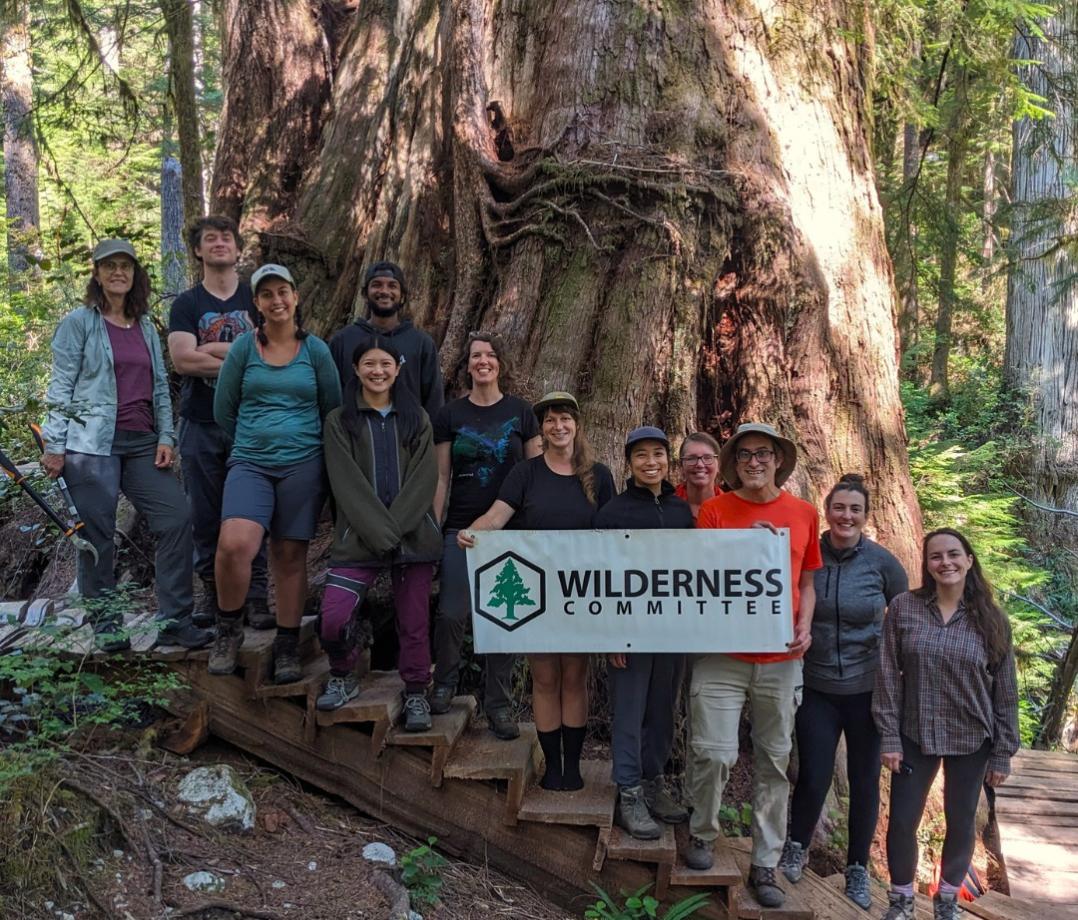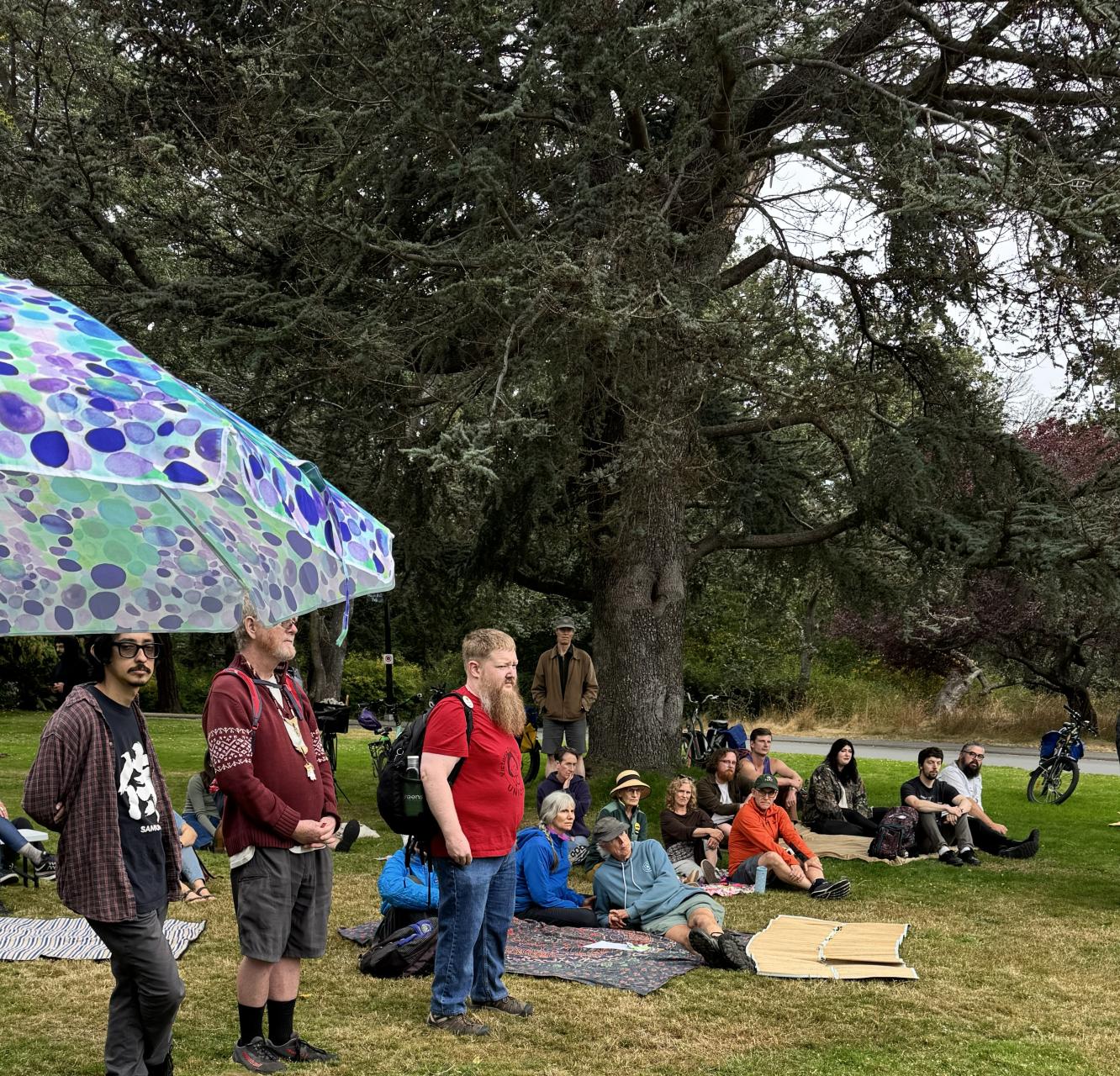Fracking and LNG
Stop the climate bomb
In British Columbia, fracking and liquified natural gas (LNG) are the biggest threats to a safe and sustainable future. As the province confronts the escalating realities of a changing climate, from devastating wildfires to record-breaking heatwaves, the B.C. government continues to expand harmful fracking and LNG development.
Fracking is an environmentally destructive process used to extract “natural” gas from the ground. Although it’s called “natural”, this gas is mostly composed of methane, an extremely potent greenhouse gas that accelerates climate change. It’s an industry that is disastrous to public health, safety and the planet’s future.
Take Action
Add your voice to end fracking in B.C.
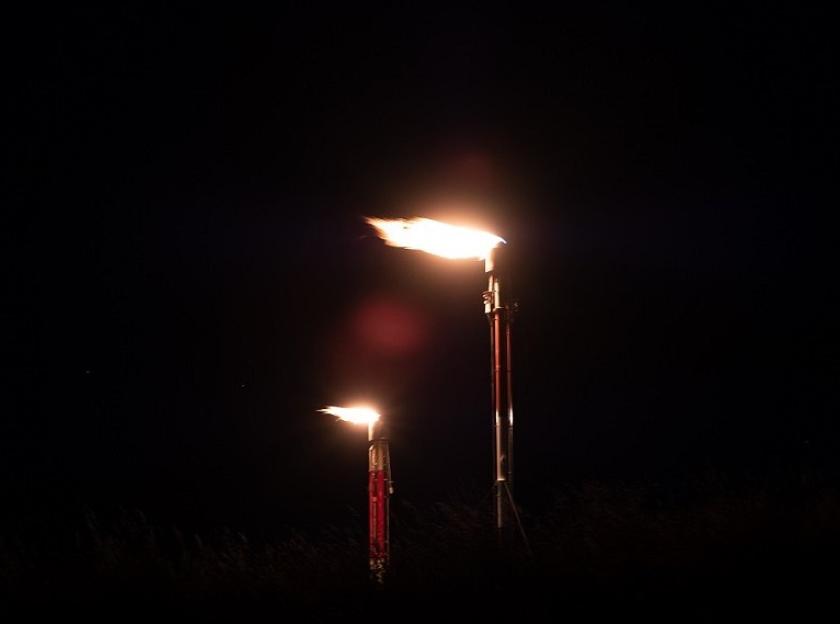
Fracking the boreal
Far away from urban centres, more than 25,000 fracking wells scar the boreal forest of northeastern British Columbia. A vast labyrinth of pipelines, access roads, compressor stations, facilities plants, wastewater ponds and flare stacks connects them. LNG plants proposed for the West Coast are sparking a fracking bonanza in the North Montney in Northeastern B.C, a stretch of black spruce trees and winding rivers above a formation of shale rockbed deep beneath the earth. These facilities would introduce tens of thousands of new fracking wells into the area.
As more major export LNG plants become active, where fracked gas is super-cooled and shipped abroad, the scale of destructive infrastructure is set to grow even further, threatening the forest, water and climate.
Current active fracking sites in BC
Unhealthy for water and people
Fracking companies extract a staggering amount of freshwater from local lakes and rivers, which is mixed with harmful chemicals to create frac fluid. This toxic mixture is injected underground at extremely high pressures, along with silica sand, to shatter open the rock and release methane gas. This poisonous water can seep into aquifers, causing lasting pollution, while the release of extremely potent greenhouse gas spews into the atmosphere, accelerating climate change.
Disturbingly, fracking companies receive water at lower rates than residents, effectively subsidizing the industry at the expense of the public. Health studies in the Peace region have also raised alarming concerns about the dangerous impacts of fracking on communities, where residents living near sites face increased risks of birth defects, cardiovascular and respiratory illnesses, and cancer.
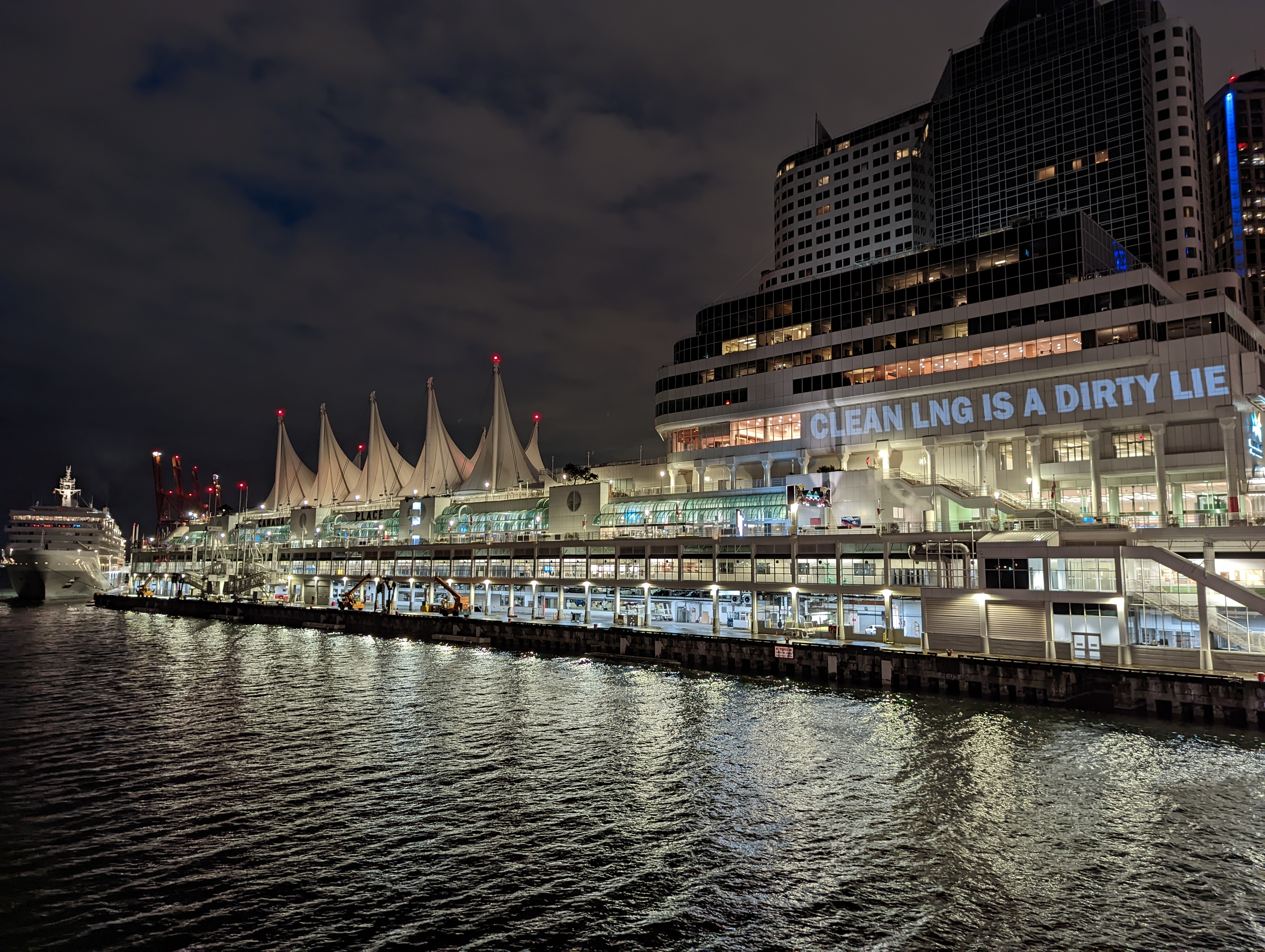
Nightmare for the climate
Oil and gas produce a fifth of B.C.’s carbon pollution, more than all other industries combined. Proposed LNG plants would more than double the sector’s pollution, require the construction of 18,000 new fracking wells and make it impossible for B.C. to meet its climate targets.
LNG companies claim their fracked gas exports will replace coal power in Asia, but this is a communications strategy, not a climate solution. In 2020, more than 90 per cent of new global electricity came from renewable sources and gas is rapidly becoming an extremely expensive backup fuel, soon to be replaced with batteries. Recent studies also suggest that LNG, when considering its full life-cycle emissions, is actually dirtier than coal, further weakening the case for this fossil fuel.
Fracking Companies Chart and Map
Below is a chart and map highlighting the largest fracking companies in British Columbia and where they operate. Nearly every one of them receives more money in drilling credits than they pay in taxes and royalties.
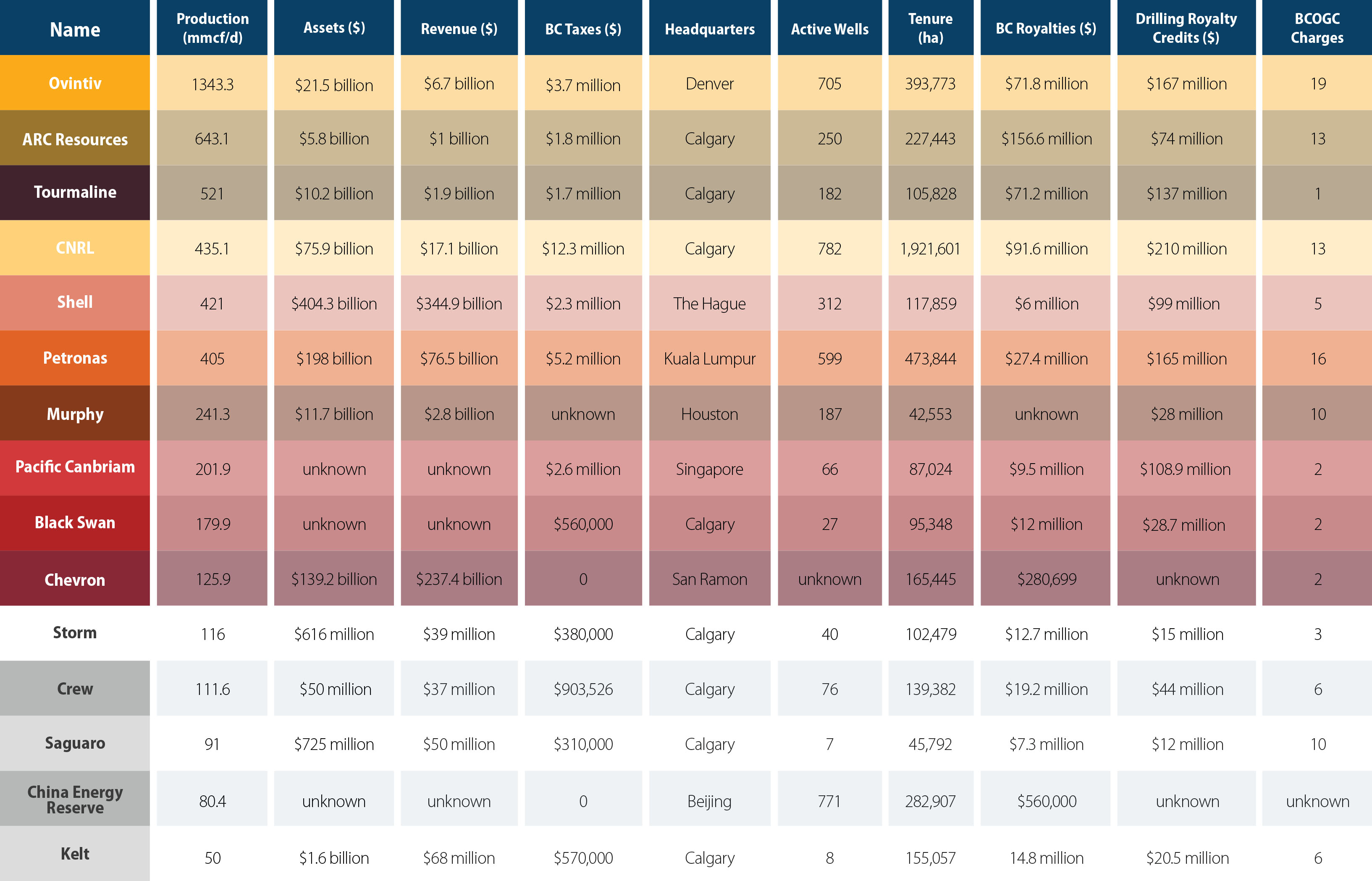
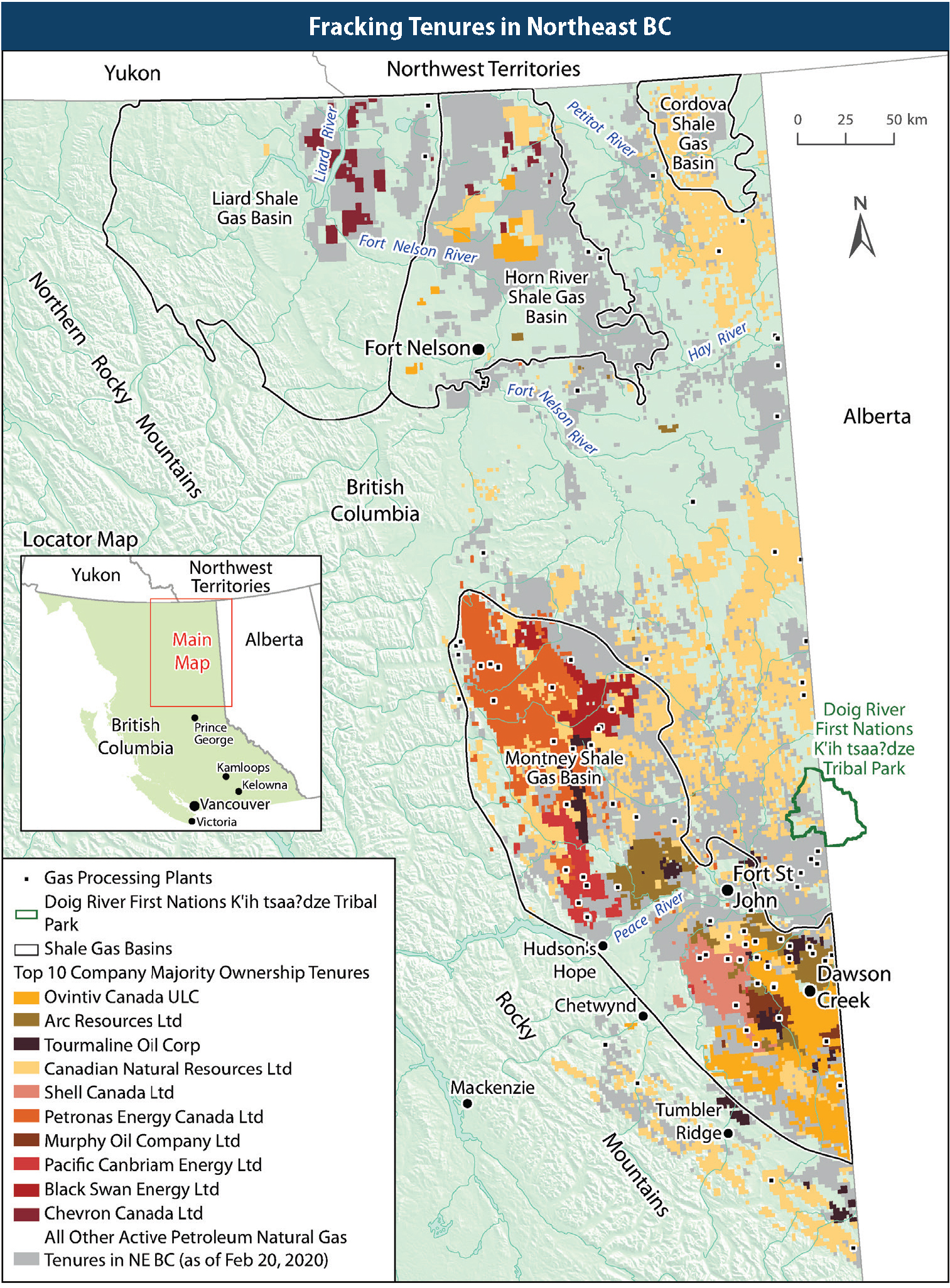
A poor economic gamble
The fracking and LNG industry accounts for about 8,000 jobs in the province. However, many of these jobs are short-term, tied to specific projects and continuing the boom-and-bust economic cycles. To create a more stable and sustainable future, communities dependent on this industry need an alternative economy. Programs are already available to retrain workers in as little as two weeks for renewable energy projects, and broader investment in rural areas to improve infrastructure and amenities beyond oil and gas is crucial.
The global LNG market is becoming oversaturated and Canadian-produced LNG is unlikely to be competitive. Economic benefits from LNG expansion will be minimal and primarily go to the multinational corporations behind many of the facilities, not the public. Tying LNG to the global market will also likely raise domestic gas prices, adding to affordability challenges in a province already stretched thin.
Impact on Indigenous communities
The infrastructure associated with fracked gas expansion has significant impacts on ecosystems and the territories it is built on. The Prince Rupert Gas Transmission pipeline in Northern B.C., for example, if built, will cross hundreds of streams and salmon-bearing rivers and disrupt food systems that First Nations have relied on since time immemorial. While some Nations have supported or developed fracked gas projects, others have not. The continued expansion of this industry raises questions around consent.
Web Map of Proposed and Existing Fracking and LNG Infrastructure in BC
It’s past time to end fracking and LNG
Global gas production must decline by three per cent annually through 2030 and beyond to keep the climate safe. It’s time for B.C. to put an end to this destructive industry, starting with the enormous public subsidies that allow fracking and LNG companies to thrive.
For years, we’ve fought the fracking and LNG industry, from new fracking sites to pipelines to challenging LNG facilities and policies enabling them. We’ve sent thousands of letters and emails to governments, urging them to take climate action seriously during environmental assessment processes. From rallies to town halls to public art displays, we’ve joined voices with front-line communities to shut down this destructive industry. While some projects have halted or been delayed, the fight to protect our climate from continued expansion continues.
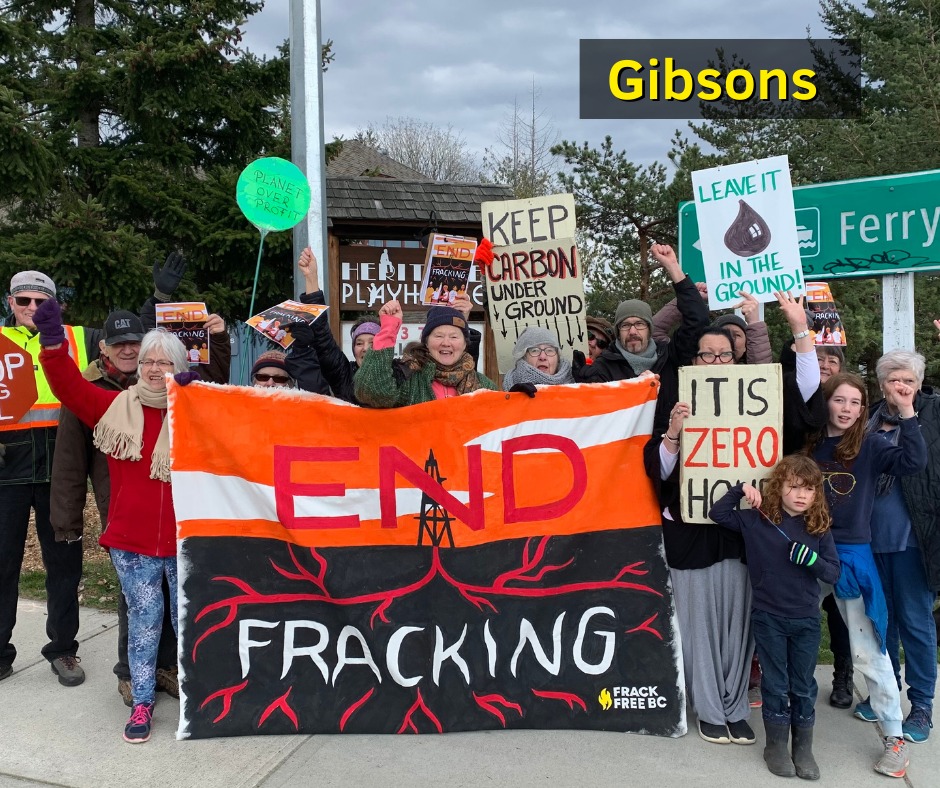
First LNG Tanker Departs BC
On July 2nd 2025, the first LNG tanker departed from B.C. near Kitimat and headed to Asia. This is the start of a dangerous new chapter — where Canada breaks all of our climate promises and drives up emissions around the world.
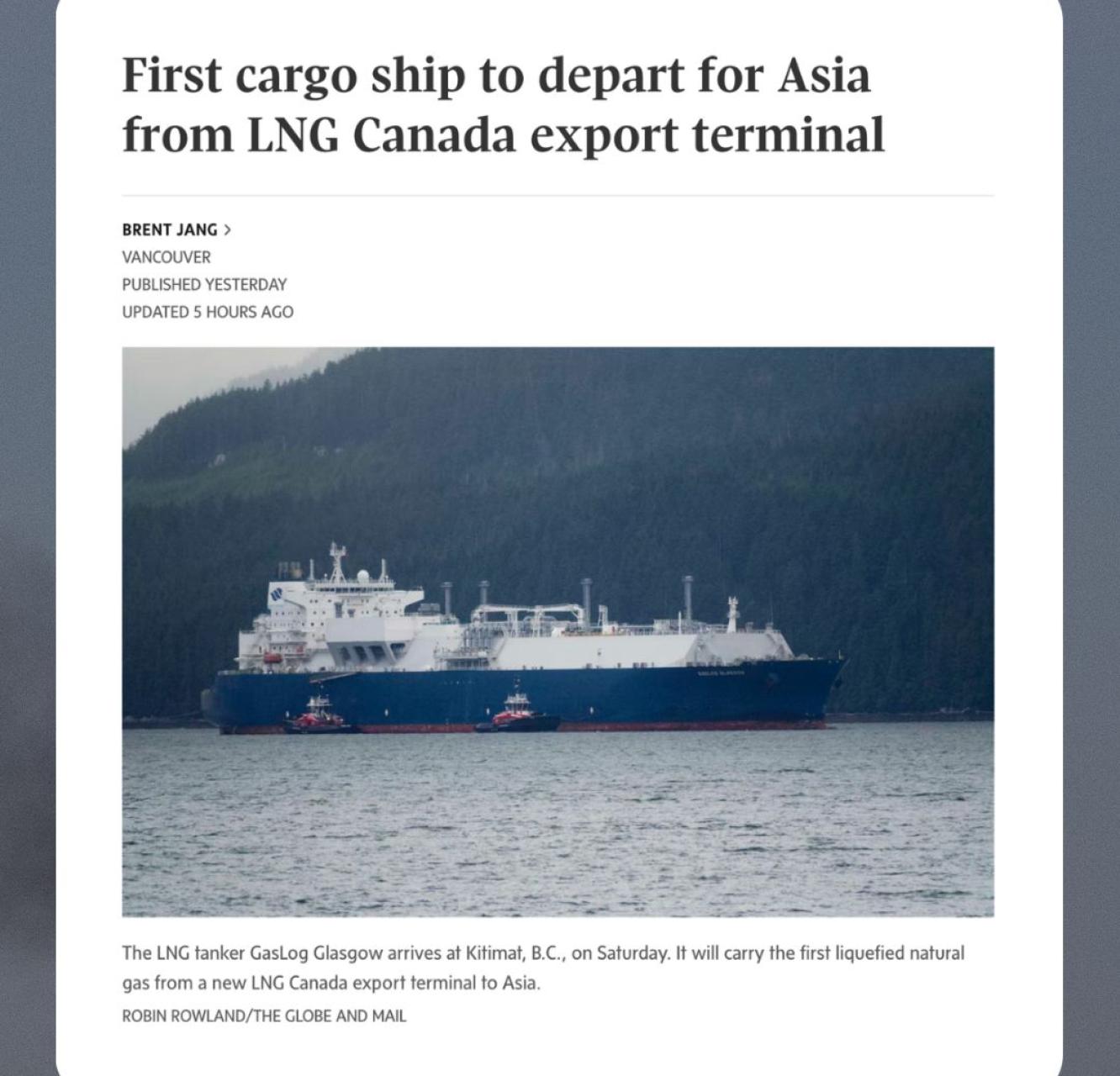
CleanBC Or Fossil Fuels
B.C. promised to drastically reduce its greenhouse gas emissions. However, since the government launched its CleanBC climate plan, the math doesn’t add up. No matter how many times the provincial government insists it can meet its climate commitments and build a brand new fossil fuel export industry, it doesn’t make it true. Liquefied natural gas (LNG) facilities are a massive source of pollution, with all the fracking to shatter open shale rock deep underground to extract the gas required to fill them. Read on to learn why the only path forward is to end the expansion of the LNG industry in B.C.
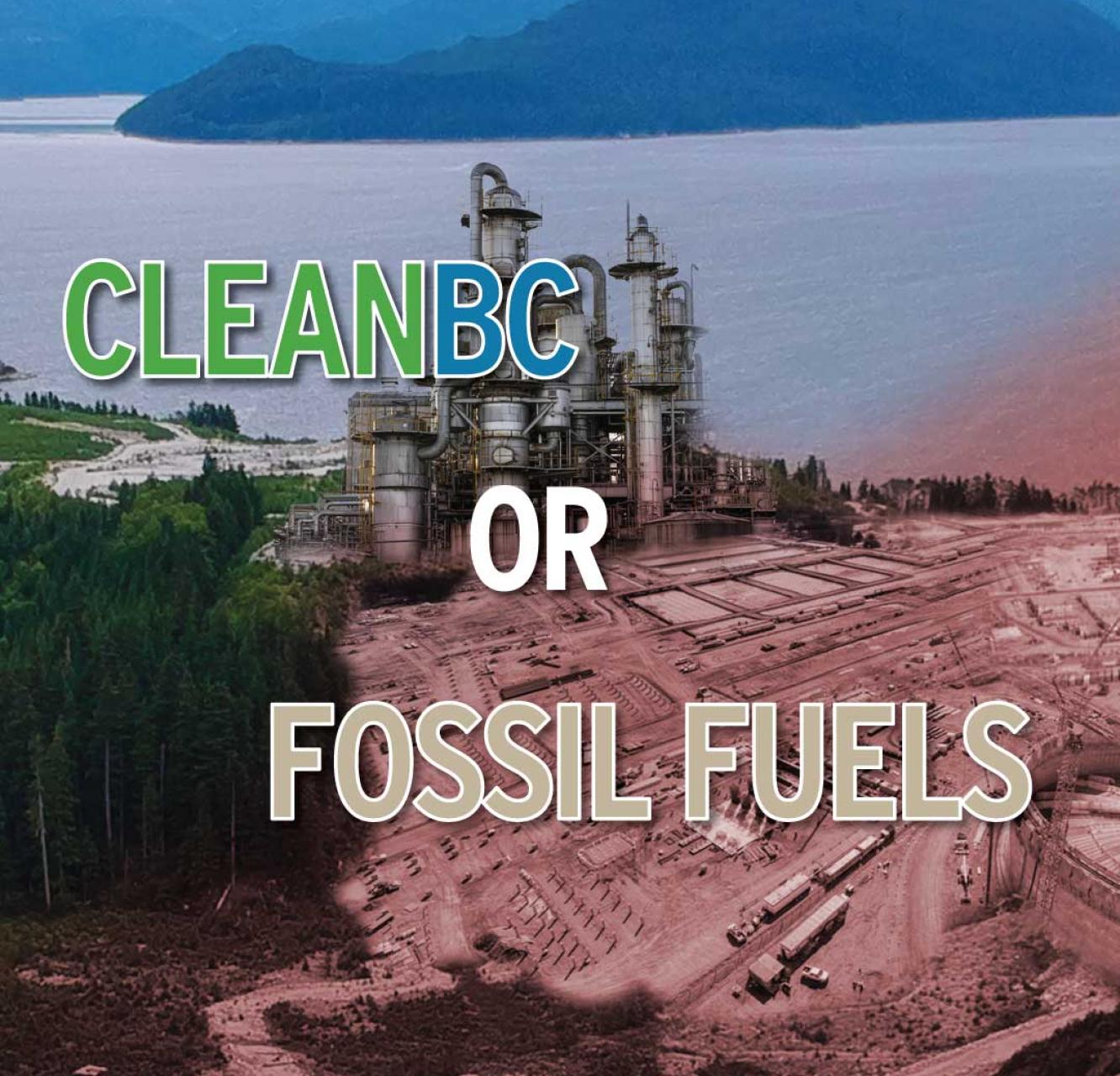
Campaign Gallery
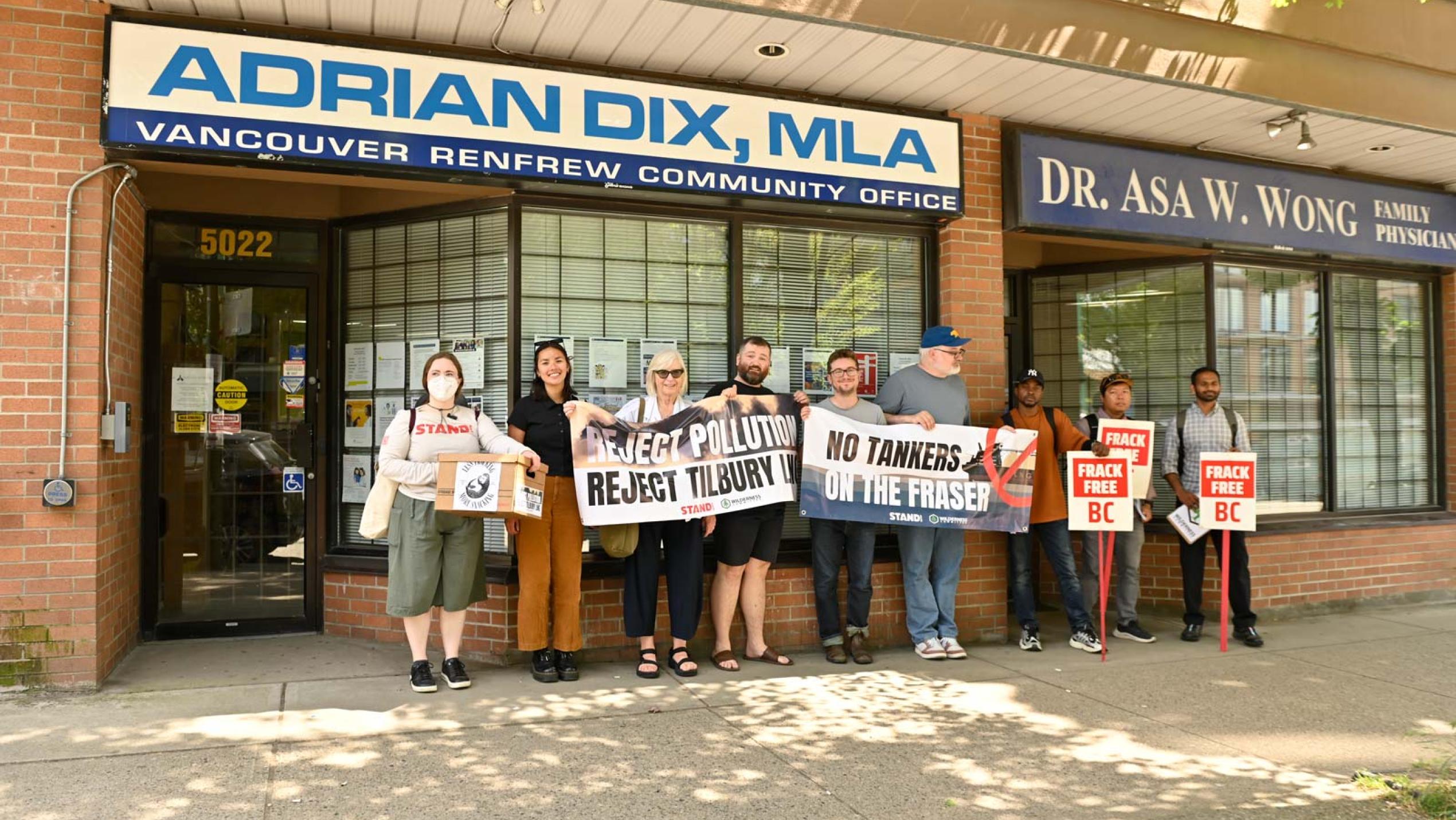
Check Out More Updates
Donate To Fight Climate Change
Give today to say “no” to fossil fuel expansion and “yes” to climate justice. Your donation pushes for climate policies that are good for all people, nature and wildlife.
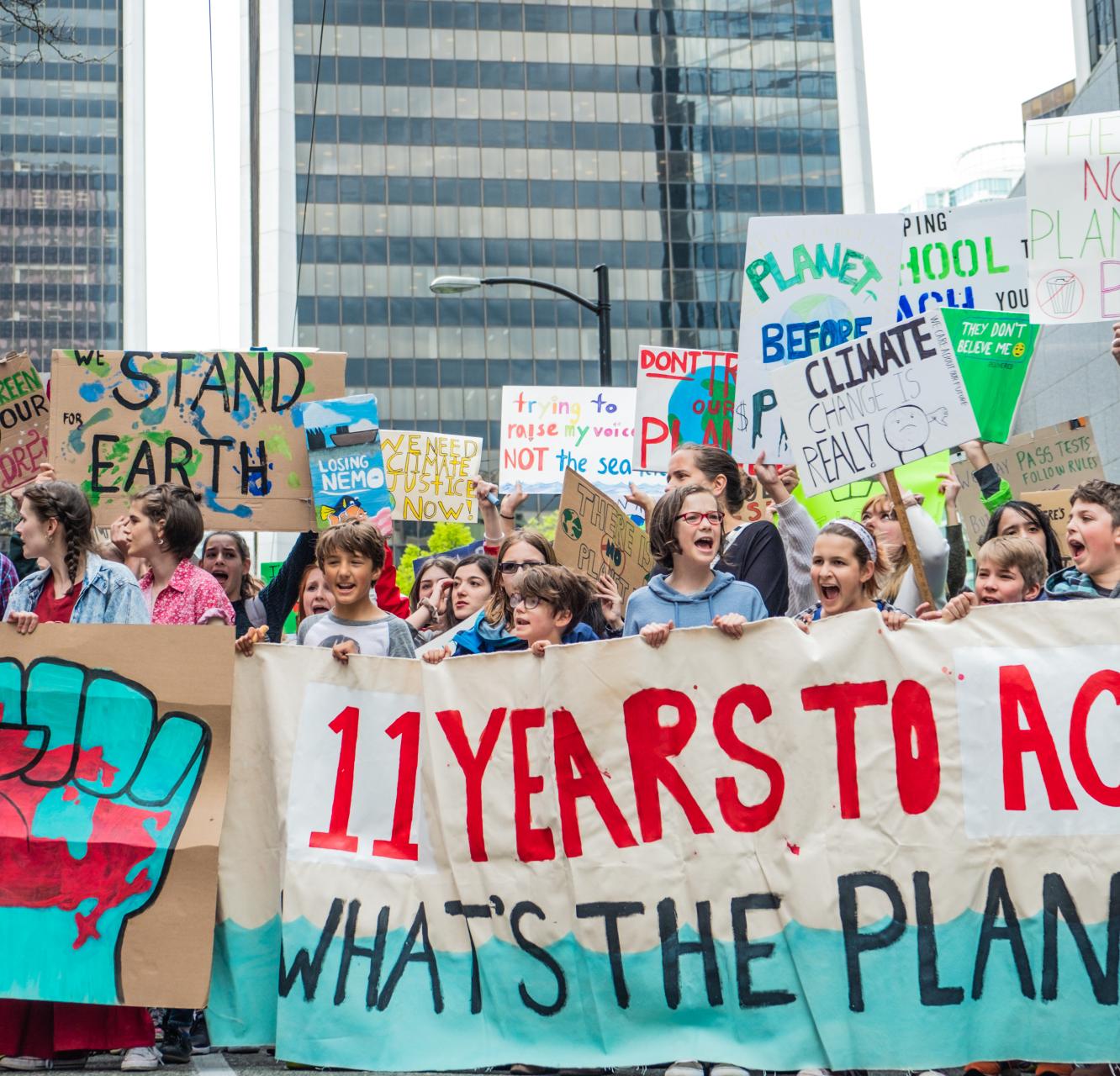
Join Us
Don’t miss your chance to make a difference. Receive campaign updates and important actions you can take to protect wildlife, preserve wilderness and fight climate change.
